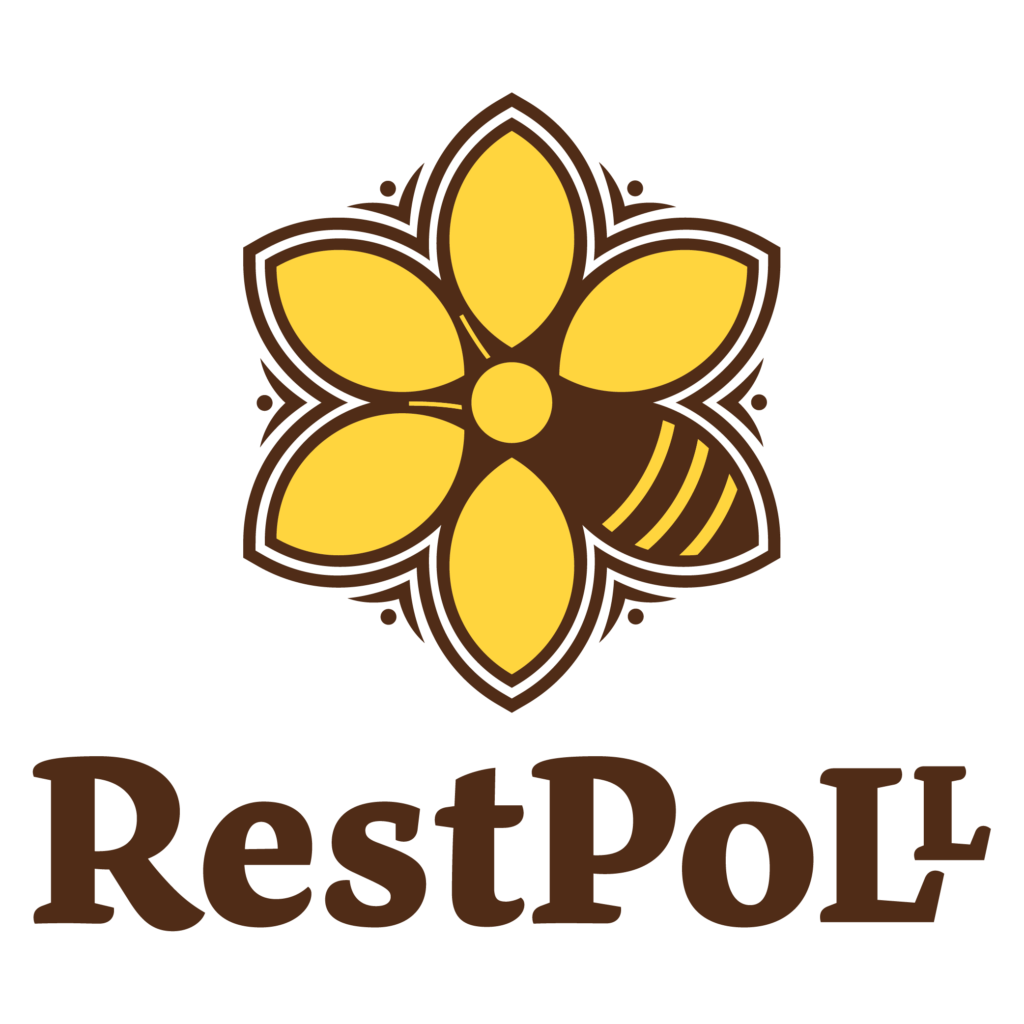Saving our pollinators is very much in the public eye, with people all over the world who take an interest in the efforts of ecologists and other researchers. For this work to be the most effective, however, two things are needed. The first is evidence for the conservation activities that benefit pollinators; the second is collaboration between researchers so that the fruits of their labours are shared. How does RestPoll contribute towards both issues?
Nest sites on a haystack in a field strip: farmer-researcher collaboration
Evaluation
One of the best ways to increase the evidence for pollinator preservation is not just doing more research, but evaluating existing measures. Alexandra-Maria Klein and the team at the Albert Ludwig University of Freiburg (ALU-FR) want to figure out why conservation measures do or do not work. To this end, they write protocols for sampling and jointly analyse data on flower strips, agroforestry, pesticide reduction and nesting opportunities. In doing so, they aim to find the most effective strategies, ecosystems and countries for conservation.
A similar strategy is followed by Sarah Larragy at Trinity College Dublin. Her team chose to do a round of pilot pollinator surveys at various cattle and crop farms in Ireland. These pilot studies will inform the design of plant and pollinator surveys on farm sites next year. As a result of this prescribed process, the researchers are making sure that the evidence from their fieldwork will be reusable both by themselves and by their fellow researchers.
What a difference farm management makes can be plainly visible to trained researchers. The past summer, postdoctoral researcher Nick Rosenberger at ALU-FR examined pollinator species in the local Living Labs. Where farmers had sown wildflower seeds within wheat or barley fields, there were more floral resources and different pollinators. The conventional wheat fields without flower strips did not show anywhere near the same abundance or variety.
Collaboration
RestPoll members also tackle the other requirement for evidence-based conservation: collaboration. Even if measures are successful, they should still be economically feasible to farmers. The teams therefore involve farmers in the evaluation of successful measures. For example, some of them see a benefit of planting flower strips not only for pollinators, but also in attracting more customers to the farm shop. Including the viewpoint of farmers and customers encourages all parties to be active in the restoration of pollinator habitats.
Purchasing local products is also important for establishing collaboration. For example, after a day of sampling pollinators at a farm near Lake Constance, the team from ALU-FR also sampled the fresh fruits and vegetables at the farm shop. Evidence for restoration of pollinators could not be more tangible. Additionally, collaboration can be built through personal contact with the farmers, such as workshops with a range of stakeholders on implementing biodiversity measures and identifying species of pollinators. This process shows a true convergence of researcher, farmer and customer.
Integration
After gathering evidence and ensuring collaboration comes the third step in the process: integrating knowledge. Lynn Dicks from the University of Cambridge is leading RestPoll Work Package 5, which integrates the evaluation of pollinator restoration with tools for assessment and education. This way, knowledge is not only shared but also deployed. The final aim is to update the global state of affairs on pollinator conservation evidence.
Given the global scale of the pollinator problem, it stands to reason that researchers wish to scale up their projects. If a conservation action is effective at the farm level, it needs to be seen whether it can be duplicated at landscape scale to measure effectiveness there. At that point, the RestPoll network can provide an opportunity to roll out measures at the European level. As a result, evidence for pollinator preservation spreads across Europe.


